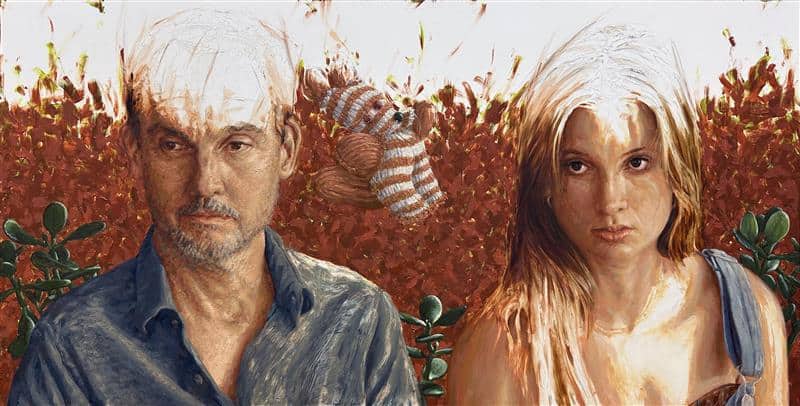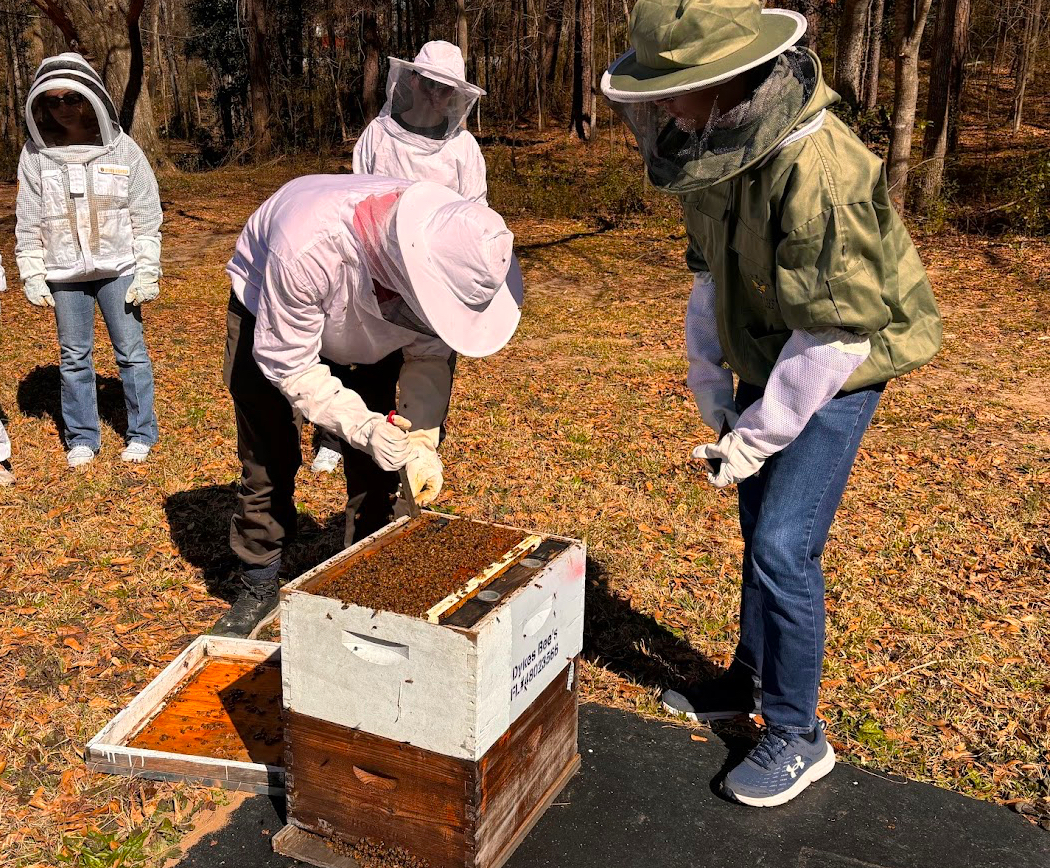Visual art is home to a range of voices, a wide and ever-expanding cache of unique perspectives. It allows a colorful — or, sometimes, literally black and white — blend of creativity, emotional expression and even advocacy.
Artists make up an elusive and seemingly endless category. As if the array of perspectives, personalities and positions weren’t extensive enough, however, at The University of Alabama, there is a doubling down of this extensiveness.
When asked to describe an artist, one could give any among a slew of answers — world-class painters with works in museums, hawkeyed photographers who spend every waking hour capturing the world, perhaps even the barista trying to pay off student loans by selling modernist caricatures. A less likely response would be professors.
The idea of a university professor as an artist is fascinating. Whether consciously or unconsciously, we often put these educators in a box. Most end up placed somewhere along the spectrum from adjuncts who spend their time dashing between classrooms and grading freshman essays to long-tenured experts who are always teaching a 500-level seminar or doing rigorous academic research.
With art professors, there’s a different dynamic. They don’t operate in the stratosphere of rigidity and analytics; they have emboldened visions and youthful artistic ambitions. These educators by day, so to speak, represent the part of the faculty who have made their creative endeavors their career. It is a way of expressing one’s own and observing others’ distinct outlooks on life.
For Jason Guynes, professor of art and chair of the Department of Art and Art History, “the opportunity to view the world through someone else’s eyes for a moment is often what’s so interesting in art in general.” This is an enlightening perspective; it allows one to throw off the notions of art as an innocent whim of youth or as wishful escapism for adults and let it simply exist as a medium for perspectives.
Once these narrow ideas are left behind, all that’s left is to absorb these perspectives, acknowledging that a college professor is at least as capable — and arguably more — of offering intriguing and valuable worldviews as any other artist.
The offerings are limitless. When asked about their work, specifically those they will be showcasing in the Department of Art and Art History Faculty Biennial Exhibition until Feb. 12, several professors gave several notable and singular responses.
“My own work can be described as geometric abstraction produced both in painting and drawing form,” associate art professor William Dooley wrote. “I am not sure if this is a category but it does describe the work.”
Associate professor of art and painting Bryce Speed wrote, “I use an interplay of universal shapes on simple grounds to evoke palpable experiences of the horizon, language, and architectural spaces.”
Guynes’ artist statement intimates his desire to “narrate the human condition” through personal experience as well as a fascination with what is referred to as “unrealism.” That latter aspect draws him toward “those elements that are so strongly a part of a narrative, but that aren’t obviously or visibly apparent.”
Assistant professor of art and art history Jamey Grimes “love[s] experiencing the beauty of the outside world,” a love that inspires sculptures utilizing “synthetic materials that interact in some way with light and shadow.”
These are just a few excerpts among the rich and ceaseless cascade of artistic perspectives held by UA professors. Whether they are straightforward or incomprehensible to all but the mind of the beholder, they reveal an authentic spirit of art.
It isn’t exceptional that a professor should offer a captivating perspective. After all, they have the opportunity that the debt-racked barista doesn’t, which is to explore their most unorthodox and out-there ideas without the pressure of those ideas providing their living. They don’t have to cater to audiences but, as Grimes wrote, “experiment freely with [their] artistic expression.”
These professors are employed to teach their craft. As such, with the practice of the craft itself, they are at complete liberty, free to go where their creative spirits take them; given the brilliance that got them to professorship in the first place, the destinations are undoubtedly worth it. They flourish, and the Tuscaloosa and University of Alabama art scene is better for it.
More information on the Department of Art and Art History’s professors and faculty artists can be found at art.ua.edu.









